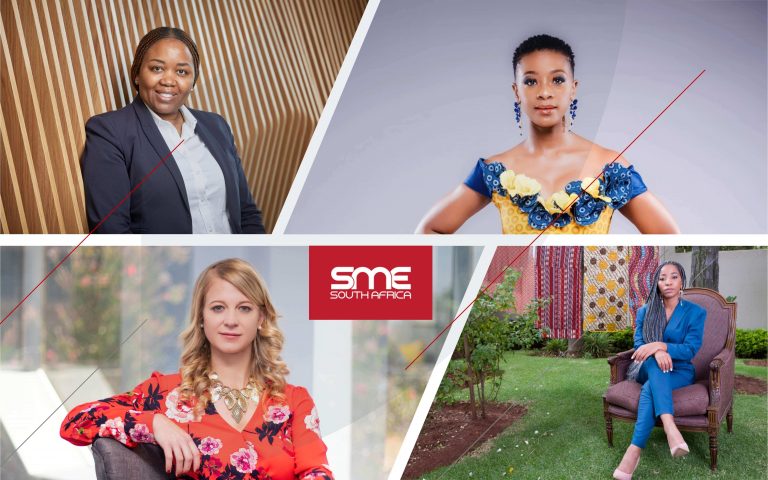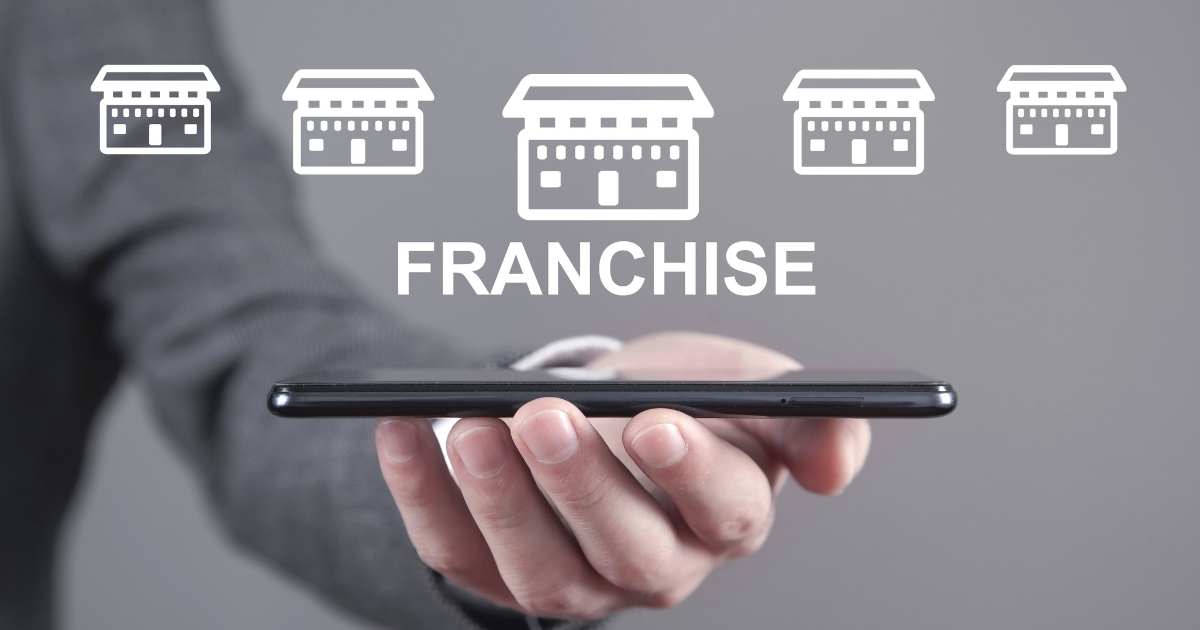This International Women’s Month we bring you the funding story of a women entrepreneur behind one of the most disruptive startups in South Africa, Tlalane Ntuli.
This interview is an extended version of the one featured in the ‘Female Entrepreneurship & Funding’ Case Studies, AVAILABLE for download HERE.

Ntuli is the Chief Operating Officer (COO) & co-founder of Yalu, a credit life insurance brand she co-founded with Nkazi Sokhulu. Yalu’s self-service credit life insurance platform replaces a customer’s current policy with a more affordable, simpler and rewarding policy.
In 2018 Yalu was also selected as one of eight black-owned startups awarded entrepreneurial packages in one of SA’s richest startup initiatives by Rand Merchant Investment Holding (RMI), through AlphaCode.
Get Ntuli’s advice for finding the right investor for your business, when to seek external funding and the biggest misconceptions about funding.
YALU
Years in business: 3 years
Product/Service: Credit Life Insurance
Name of funder: Public Investment Corporation (PIC)
Funding amount: Available in PIC’s annual report
At what stage of your business did you consider getting external funding – how did you know you were ready?
Insurance is an extremely capital-intensive industry that is also long-term from an investment perspective. Unlike many types of business, it takes many years before an investor sees profit coming out of an insurance business like Yalu.
As a result, we knew from the onset that the business would require quite a lot of upfront investment from an investor who not only could afford it but also had a mandate beyond just quick investment returns. From the point of conceptualisation, we knew that without this kind of investor, there was no way we would be able to launch Yalu.
How did you find out about the various funding options available?
One of the first things we did while conceptualising the business was to make a list of potential investors who “fit the brief” so to speak.
Each one of us was allocated investors and given the task of finding out everything we could about them. That meant doing as much research as possible about what funding each investor had available. We took this task very seriously and met every week to report back to each other.
We spent a lot of our time researching online and where possible tapping into our various networks. Every piece of information or lead we received was followed up thoroughly and all possible options of engaging potential investors were exhausted.
We were looking for an investor who would not only be willing to take a chance on us, but one that was also looking to make a positive impact at a broader societal level
Tlalane Ntuli
What went into deciding which funding instrument you would go with?
The most important consideration in finding the right investor was finding a funder that was committed to more than just getting their investment return. We needed an investor who understood that what we were doing was challenging a behemoth of an industry that was ripe for disruption and that it would therefore take more than a once-off cheque to achieve success.
We were looking for an investor who would not only be willing to take a chance on us but who was also looking to make a positive impact at a broader societal level. Those were far more important considerations to us than the funding instrument itself.
Fortunately, at the time, the PIC had just launched the Isibaya Fund, which is aimed at “…supporting positive, long-term economic, social and environmental outcomes for South Africa” consequently resulting in a great fit for both us and the PIC.
The key thing we were however clear on was that whatever instrument the investor was willing to extend to us, was better than the nothing we started with, so we were willing to be guided and led by the investor.
Despite this, another key consideration in securing this funding was understanding how much risk we would be required to take in our capacities and the point at which that risk would be too high for us.
Click to download your FREE copy of the Female Entrepreneurship & Funding Case Studies
What work went into applying for that specific fund?
It took us about a year to get the funding, and in this period a lot of work went into developing a business case as well as a Minimum Viable Product (MVP) that the investor could make sense of.
We first had to outline the size of the market and the size of Yalu’s opportunity. With Credit Life Insurance being a very unknown subindustry, we spent a lot of time educating our investors not only on our product but also on how the industry itself works. Once there was some understanding at this level, we then had to develop the Yalu product which required that we secure an underwriter and a reinsurer that would be willing to work with us before any funding could be secured.
As an offering that is heavily dependent on IT, we were required to find IT developers who could show the funder how the product would work from both a back-and-front-end perspective. We had to also create a prototype that could allow them to experience the customer take-up journey. At some point during this process, the potential investor (as they were at that point) also wanted us to undertake customer research to validate our idea and our prototype, a project we had to undertake with a reputable and trustworthy research company at our own cost.
It was indeed a lengthy and sometimes painful due diligence process, but one we now understand we had to take and certainly one that has been more beneficial to us in the long run.
What support did you have/need during the process?
We needed and had a lot of support. Firstly, from the PIC themselves in getting us to understand their processes and requirements and also from providers who are now critical business partners like the underwriter (OMART) and reinsurer (RGA).
We also got support from service providers who we used to do some of the work that was needed as part of the funding requirements like the research and prototyping. These guys understood our situation and went above and beyond, whether it was in the form of the work they were doing for us, or the payment terms they gave us.
What were some of the challenges that you encountered during the process?
We encountered a myriad of challenges, from running out of money to perform the work needed to meet the funding requirements to being frustrated by a process that for us took very long because we were so excited to launch.
The challenges are endless, but what is important is taking it one day at a time, and being focused and disciplined enough not to give up.
Once you have secured the funding, your investor is effectively your employer. The money you receive is not yours, it is the investors’ and you are obliged to use it wisely towards creating long term value for them
Tlalane Ntuli
How did you decide how the funds would be used in the business?
We aligned our priorities to our strategic imperatives and priorities as defined in our business case to the PIC.
First off, we had to build the product which required a significant investment in technology. We also knew that the product on its own would not be enough and that we needed to secure the right team. So within the limits of what we could pay, we sourced good people who could help us deliver on our vision. In addition, the right partnerships were critical – these don’t come easy and they don’t come cheap either, but they can make or break your business.
What don’t many entrepreneurs know/understand about securing external funding?
There are several things, but the two that stand out the most for me are:
Once you have secured the funding, your investor is effectively your employer. The money you receive is not yours, it is the investors’ and you are obliged to use it wisely towards creating long-term value for them.
You therefore need to ensure that you implement the right governance policies and structures to manage your business. At Yalu, we submit monthly business performance reports to our investors outlining all operational issues both good and bad. We also have quarterly board meetings, with a board made up of non-executive directors who are mostly from the financial services industry as well as a PIC representative.
Fundraising is not a once-off job, it is something that must be owned by someone in the business as part of their KPIs and must always be ongoing. We made the initial mistake of resting for a few months and focusing on other things after we had secured our first round. The reality is that you must kiss a lot of frogs before you meet the prince and to do that you need time and determination.
What funding lessons would you like to share with your fellow female entrepreneurs?
- It takes time; so be patient and resilient
- Surround yourself with a strong support system that will carry you both emotionally and financially when things get tough
- South Africa has a small investor pool, so do not think you are going to only knock at one door once, sometimes it takes multiple knocks with different people to open that one door
- Deals fall through – dust yourself off and move on to the next thing. There is no point wallowing in self-pity
- If the investor is not the right one, no size of the cheque will make them right – look and ask for more than just money.

Get the ‘Women Entrepreneurs & Funding’ Case Studies to find out:
– The impact of business funding on women-owned businesses’ growth.
– How women entrepreneurs navigate the challenges they face during the application process.
– Advice for other female entrepreneurs.
**** PLUS ****
The funding journeys of 3 Other Women Entrepreneurs:
– Salamina Mosese – Sorele Media (Film & Media)
– Stacey Brewer – SPARK Schools (Education)
– Mukundi Lambani – Ambani Africa (Edu-tech)
Click to download your FREE copy of the Female Entrepreneurship & Funding Case Studies






